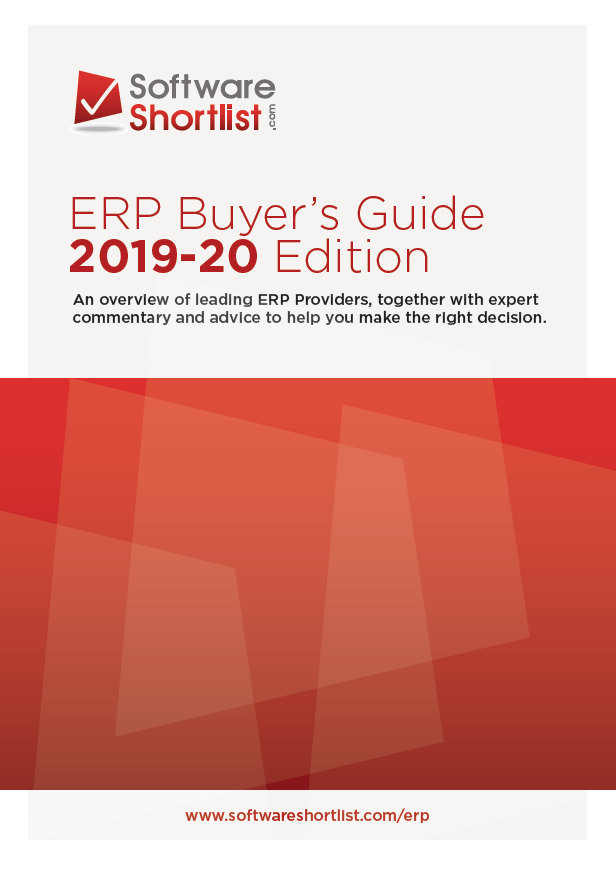 Smarter diagnostics needed to unravel root causes across multiple platforms…
Smarter diagnostics needed to unravel root causes across multiple platforms…
If you trust the literature, there’s not much the enterprise cloud can’t offer. Greater collaboration? Check. Faster innovation? Check. Happier customers? Double check.
But while the advantages of that cloud-first strategy are crystal clear, its application into the real world is where things get a bit trickier.
Was the cloud meant to be this complex? Because that’s what it is.
Application intelligence company Dynatrace, maker of software availability and performance monitoring tools, says digital transformation – especially in regards to migration to the cloud and increasing customer demands – is creating a surge in IT complexity and the associated costs of managing it.
“IT teams now spend 33 percent of their time dealing with digital performance problems.”
Its new report, Top Challenges for CIOs in a Software-Driven, Hybrid, Multi-Cloud World, finds that CIOs are struggling to deal with that complexity – and expressing concerns over the potential for lost revenue and reputational damage – as they attempt to digitally transform and move to the cloud.
“As CIOs struggle to prevent these concerns from becoming reality,” says the report, “IT teams now spend 33 percent of their time dealing with digital performance problems.”
That may not seem extreme, but for CIOs the stakes feel real: 44 percent of them fear a ‘threat to the existence of their business’ if they are unable to properly manage IT performance.
And it gets worse. As complexity continues to grow, 74 percent of CIOs say it could soon become ‘extremely difficult to manage performance efficiently’.
And they should be afraid, the report seems to say: “As the software landscape evolves, enterprise applications, and the hybrid cloud environments they run in, are increasingly dynamic and complex — thousands of connected services, millions of lines of code, trillions of dependencies.
“A single point of failure in this complex delivery chain can be incredibly difficult to pinpoint accurately. If this complexity goes unchecked, digital performance problems will increase in frequency and severity, creating an unacceptable risk for the business.”
And those system failures are having an effect on bottom lines: On average, organisations had suffered six IT outages where user-experiences, business revenues or operations were impacted in the last 12 months.
So what’s to be done? Does artificial intelligence offer any promise in navigating the multi-cloud software platform world?
“As complexity grows beyond IT teams’ capabilities, the economics of throwing more manpower at the problem no longer works,” says Bernd Greifeneder, founder and CTO, Dynatrace.
“Organisations need a radically different AI approach.”
That’s Dynatrace’s wheelhouse, of course: By capturing telemetric data from an organisation’s applications, services, processes and infrastructure, then mapping the billions of dependencies and interconnections in those environments, the company’s application monitoring tools provide performance metrics in real time, while detecting and diagnosing problems automatically. Its AI engine, dubbed ‘Davis’, analyses data and its dependencies in real-time to instantly provide precise answers, ‘not just more data’.
The result, says Dynatrace, is a platform which provides ‘true causation, not just correlation’.
“It’s this level of automation and intelligence that overcomes the challenges presented by the enterprise cloud and enables teams to develop better software faster, automate operations and deliver better business results.”



